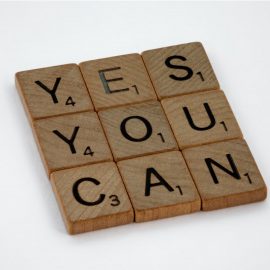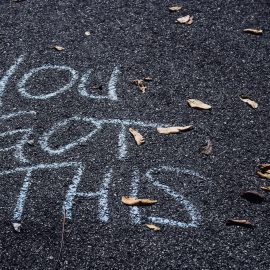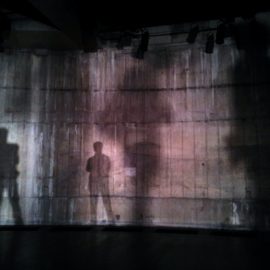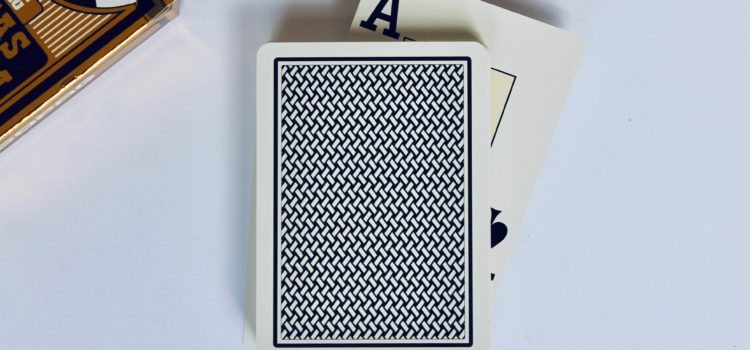
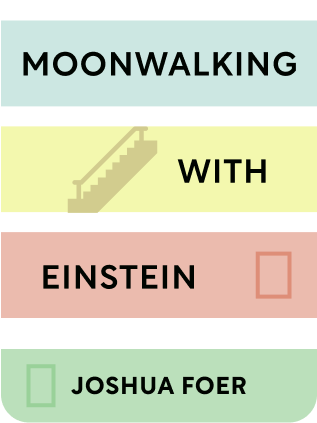
This article is an excerpt from the Shortform summary of "Moonwalking With Einstein" by Joshua Foer. Shortform has the world's best summaries of books you should be reading.
Like this article? Sign up for a free trial here .
What’s the best method for memorizing cards? Can memorizing cards help you improve your memory overall?
Memorizing cards is one of the events at the US and World Memory Championships, and mnmonists have come up with several strategies to memorize decks of cards. Plus, memorizing cards can help you develop memory techniques you can use elsewhere, and may help strengthen your memory overall.
Learn more about methods for memorizing cards, and how it can help you.
Memorizing Cards
Memorizing decks of cards works similarly to the PAO system for numbers. You assign each card an image of a person, place, and object, and then create an image that represents three cards. Here are the steps:
- Come up with an image of a person acting on an object for every card.
- Example #1: the six of clubs is Albert Einstein writing on a blackboard.
- Example #2: the queen of diamonds is Michael Jackson moonwalking on grass.
- Example #3: the five of hearts is Scooby-Doo defecating on a criminal.
- Combine the person from the first card with the action of the second and the object of the third.
- For example, the three-card sequence of the six of clubs, queen of diamonds, and five of hearts would result in an image of Einstein moonwalking on a criminal.
- Place the images in your memory palace. A deck of 52 cards will produce 18 images.
If you find you’re mixing up cards, you can change your images, but the original will live in your memory somewhere. This old image could potentially reappear in a competition and confuse you, so think carefully before changing images. These are the best ways to memorize a deck of cards.
Advanced Card Memorization
Some mnemonists, including the author, use an advanced version of this system in which they create a person-action-object image for every possible combination of two cards. This allows them to compress 52 cards into nine unique images. This is one of the top techniques for memorizing cards.
If you’re competing in speed card events, there are a couple additional things to keep in mind:
- Practice flipping cards quickly, or two cards at once, to shave seconds off your time.
- When you’re speed-memorizing, you don’t have time to create a vivid, richly detailed image. Before the competition, spend time with each of your images and imagine the people’s character in detail. Imagine them being in your house and doing daily activities so you get used to them in any context. Then, on competition day, you’ll be able to recall an image from just a detail.
Exercise: Employ the Major System
The major system is a method for remembering numbers, and can help you learn to memorize a deck of cards. Here’s a review of the system:
- 0=S
- 1=T/D
- 2=N
- 3=M
- 4=R
- 5=L
- 6=Sh/Ch
- 7=K/G
- 8=F/V
- 9=P/B
What letters does the number 33 correspond to? How can you add vowels to turn these letters into a word?
How can you transform this word into an image?
What letters does the number 1548 correspond to? How can you add vowels to turn these letters into a word, or into multiple words?
How can you transform the word or words into an image?
Recall the two images you came up with. What numbers do they correspond to?
Exercise: Employ the PAO System
The PAO system involves coming up with combinations of people, actions, and objects and assigning them to numbers or cards in order to create images. This is another main strategy for how to memorize a deck of cards.
Write down a sentence that involves a person acting on an object. (For example, an option might be Michael Phelps swimming in a pool.) Visualize this scene. It will represent the number 11.
Write down a sentence that involves a different person performing a different action on a different object. Visualize this scene. It will represent the number 22.
Write down a sentence that involves another person acting on an object. Visualize this scene. It will represent the number 33.
Consider the number 223311. Write down the person from your number 22 sentence, the action from your number 33 sentence, and the object from your number 11 sentence. What do you come up with? Picture the scene in your mind.
Recall your image. What number does it correspond to?
Now that you’ve read all about memorizing cards and done specific exercises, you can learn other memorization techniques and improve your memory.

———End of Preview———
Like what you just read? Read the rest of the world's best summary of Joshua Foer's "Moonwalking With Einstein" at Shortform .
Here's what you'll find in our full Moonwalking With Einstein summary :
- The memory techniques that took the author from novice to US memory champion in one year
- The 6 key types of memory we use everyday
- Why memory isn't just genetic, and how you can improve your memory with the right techniques


